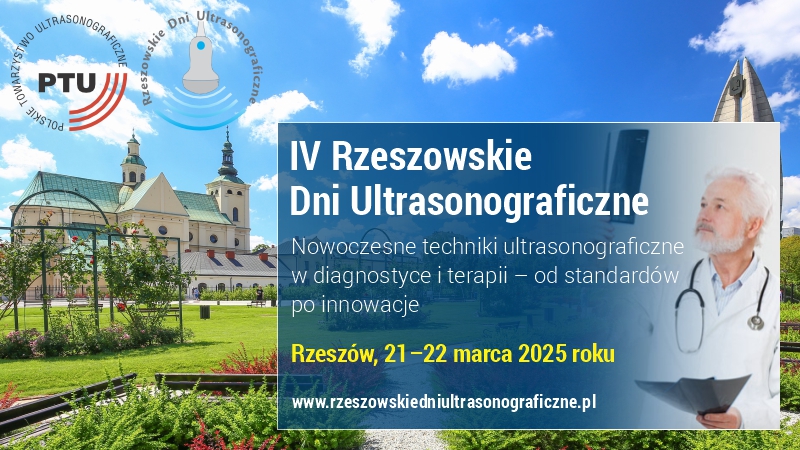Ultrasonographic evolution of perforator stroke – pictorial essay of medial striate artery infarction in a newborn
Aleksandra Buczyńska, Mateusz Jagła
 Affiliation and address for correspondence
Affiliation and address for correspondenceMedial striate artery infarction is one of the manifestations of perforator stroke, which poses a risk for basal ganglia destruction. There is no general consensus regarding of origin of the striatal vessels. However, controlling the target brain tissue with available techniques, such as ultrasonography, seems to be the best option for newborns. This pictorial essay presents the ultrasonographic evolution of an infarct in the area of the left head of the caudate nucleus during the early stage and after 4 weeks of observation. Signs of reperfusion, changes in tissue echogenicity, and the occurrence of cystic lesions recorded in lag indicate an alteration. Angiographic magnetic resonance imaging performed at the end of the early follow-up period confirms these observations.






